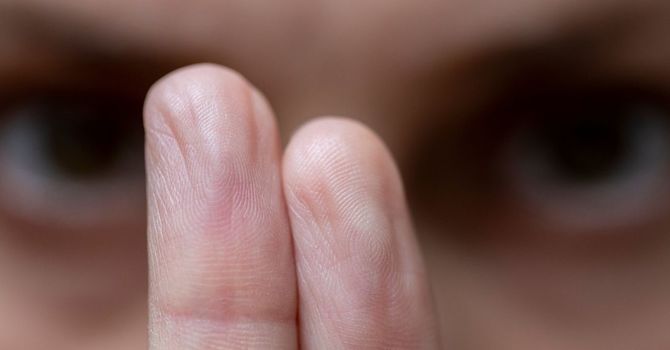Trauma response has become a buzz word in the therapy world. Many people talk about the trauma they have experienced either in books or on social media. But what exactly is trauma response and where does it come from? This blog will be a short introduction.
Our trauma response is actually an innate survival mechanism that exists in our stem brain, the most primitive or sometimes known as the reptilian part, of our brain. This mechanism is a survival mechanism and is designed to help keep us safe. It automatically kicks into gear the moment that our brain recognizes ‘a danger’.
Because this response is necessary for our survival it is not something that we can get rid of. This is a common misconception for people entering therapy. What therapy can help you do is understand why your response is firing at times when you are not actually in danger. It can also help you to learn how to remain in a more regulated state as opposed to living mostly in a state of hyper or hypo arousal.
We have three main responses when our brain perceives ‘a danger’: flight (run away), fight (stay and duke it out) or freeze (play dead). Flight and fight put our body in a state of increased arousal and freeze puts it in a state of decreased arousal. Emotions commonly associated with flight are anxiety, fear and panic. Emotions commonly associated with fight are anger and rage. Emotions associated with freeze are sadness, listlessness and hopelessness.
When we experience a single trauma our body can associate the memories of that trauma as a perceived danger and this sends our body into a trauma response even though the threat is not happening in the present.
If we experience multiple traumas over a long period of time and/or living or work in an environment where toxic levels of stress are present, our body can be consistently placed into a state of trauma response. This can happen so much that our body ends up staying in this state most of the time instead of returning to a normal level of arousal. This causes our body to perceive danger more often than it perceives safety and can lead to constantly being either over or under aroused. In time this leads to a series of physical and mental health issues as our bodies are not designed to operate outside of our optimal level of arousal for any length of time.
If you’ve experienced any time of trauma and are feeling that your body perceives danger in your environment and puts you into a trauma response state when you don’t need to be in one, I strongly recommend seeking out a qualified trauma therapist, such as myself, to assist you to heal and bring your body back into equilibrium.



